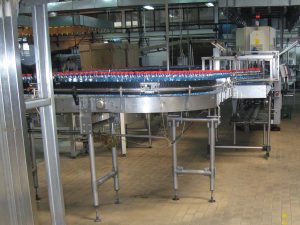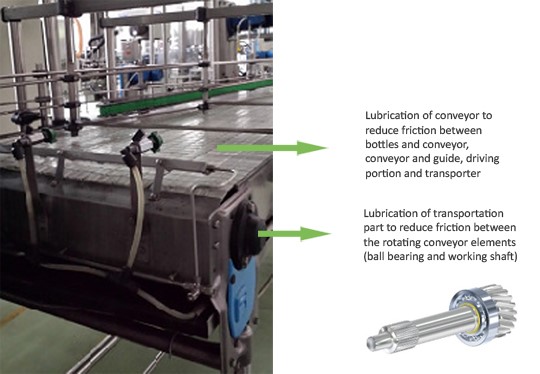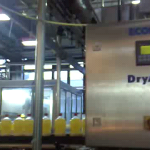As soon as the internal working group is established, task 5 is to set up a core Chemical Leasing team that includes the supplier(s) and possibly other partners. This team will facilitate the further development of the model and the exchange of know-how.
The role of the core Chemical Leasing team is to:
- Identify ideas for process optimization
- Identify possibilities for the potential substitution of chemicals with less-hazardous/low risk alternatives
- Assess consequences on quality, investments, costs, etc
- Elaborate a work plan that includes:
- Defining the scope of required testing
- Preparing and signing a letter of intent to address the confidentiality, costs and liability of subsequent tasks.
- Identifying potential implementation efforts for the different partners
- Establishing a time schedule and allocating tasks.
The process of creating the core team should begin with a discussion of the Chemical Leasing model with the supplier(s) of the chemicals and processes selected in Step 1. During the discussion you should present your ideas about possibilities for optimizing chemical use and also ask the supplier(s) for their ideas. If a supplier does not have the necessary knowledge and skills to support chemical optimization or is not willing to accept a Chemical Leasing business model, you might consider changing suppliers for the target process.
Under the Chemical Leasing business model, the supplier is intricately involved in process optimization, providing not just the chemicals but also know-how on how to optimize their consumption and/or replace hazardous chemicals with less hazardous/lower risk alternatives. Often the supplier can provide training on site and can recommend equipment changes, upgrades and/or installation.
When selecting a supplier for the core Chemical Leasing team, be aware that you may have the possibility of choosing between several partners (chemical manufacturers or distributors) in the supply chain. In addition, if your company has a procurement department, be sure to apply its internal policy, which might require you to initiate an individual or public bidding process for potential suppliers. Also be aware that other partners could be included in the core team, such as equipment and plant suppliers, recycling and disposal companies, and financial institutions.
Three models of interaction between different numbers of partners are shown in the diagram below. Model A illustrates the basic form of Chemical Leasing, with an intensified collaboration and knowledge exchange between a chemical supplier and user. Model B includes the equipment supplier in this exchange (and the option of “classical” leasing of equipment). Model C extends the collaboration to further partners such as recycling companies or financial institutes. As the leadership of such a group becomes more and more difficult, in practice joint ventures or consortia are typically formed.
Picture 4. Models of cooperation
 Once the work plan is defined and concrete ideas have been developed for process optimization and/or substitution, the team should begin to collect data and define the baseline.
Once the work plan is defined and concrete ideas have been developed for process optimization and/or substitution, the team should begin to collect data and define the baseline.
Continue with the Task 6 – Collect data and define the baseline





 Picture 1: Conveyor lubrication
Picture 1: Conveyor lubrication



